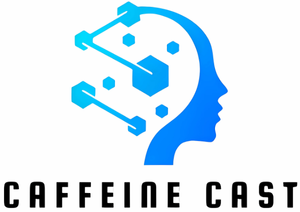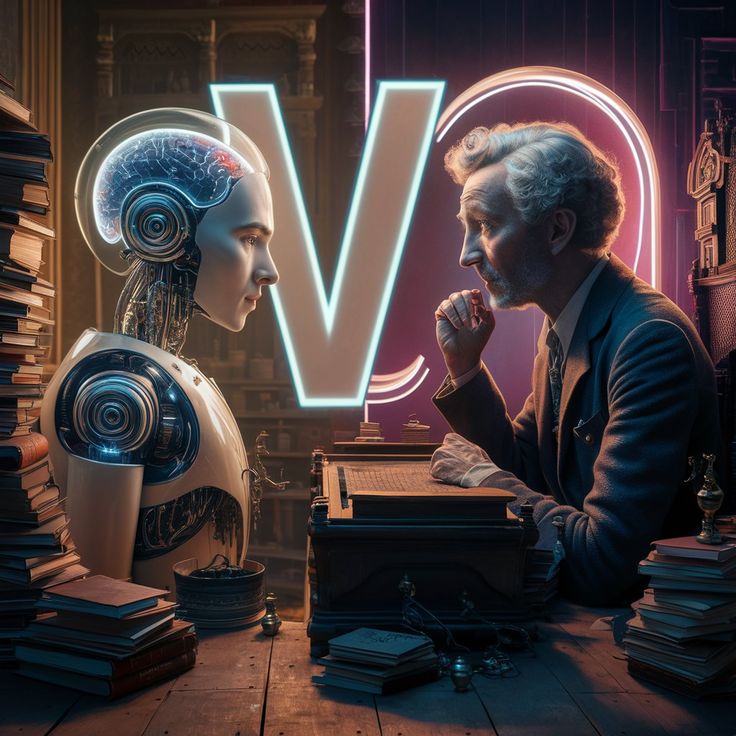AI is everywhere. It writes articles, drives cars, analyzes data, and even composes music. But despite the breakthroughs and the buzz, the truth is this: there are real limits to artificial intelligence, and those limits reveal why humans still play an essential role in innovation.
As powerful as artificial intelligence has become, its capabilities are far from limitless. If you’re a digital entrepreneur, a tech enthusiast, or just a curious mind, understanding the truth about the limits of artificial intelligence is more than fascinating—it’s essential.
Let’s explore the areas where AI still falls short, and why that gap matters now more than ever.
1. AI Can’t Truly Understand Context
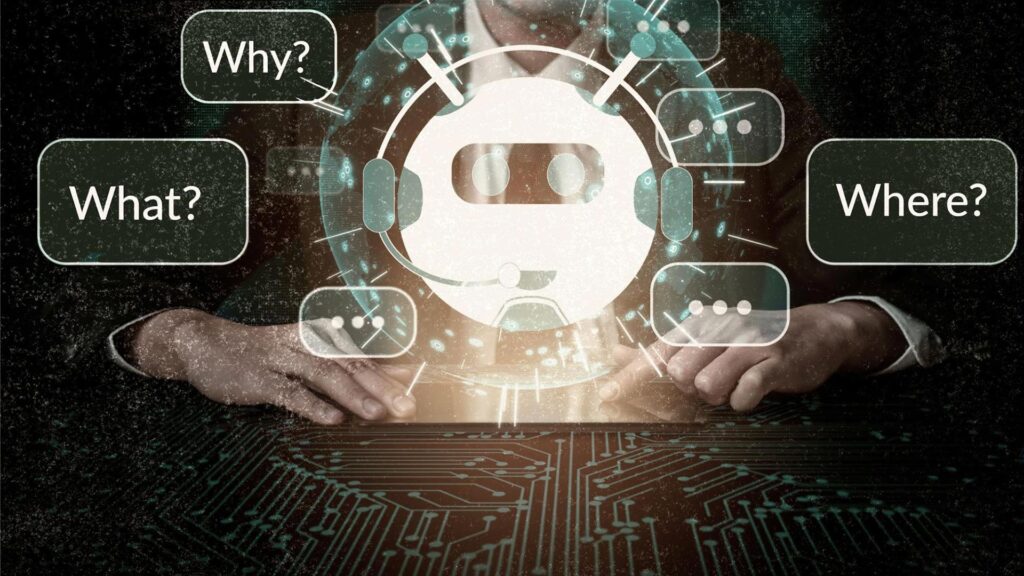
Artificial intelligence can process text, speech, and visuals. But it doesn’t understand them the way humans do.
Even the most advanced language models can misinterpret sarcasm, nuance, or cultural references. They lack true contextual awareness, which often leads to bizarre or inaccurate outputs.
Take, for example, Microsoft’s Tay chatbot, which quickly spiraled into offensive speech after interacting with real users (source). It mirrored surface-level language but had no concept of right or wrong, humor or harm.
2. Creativity Is Still a Human Edge
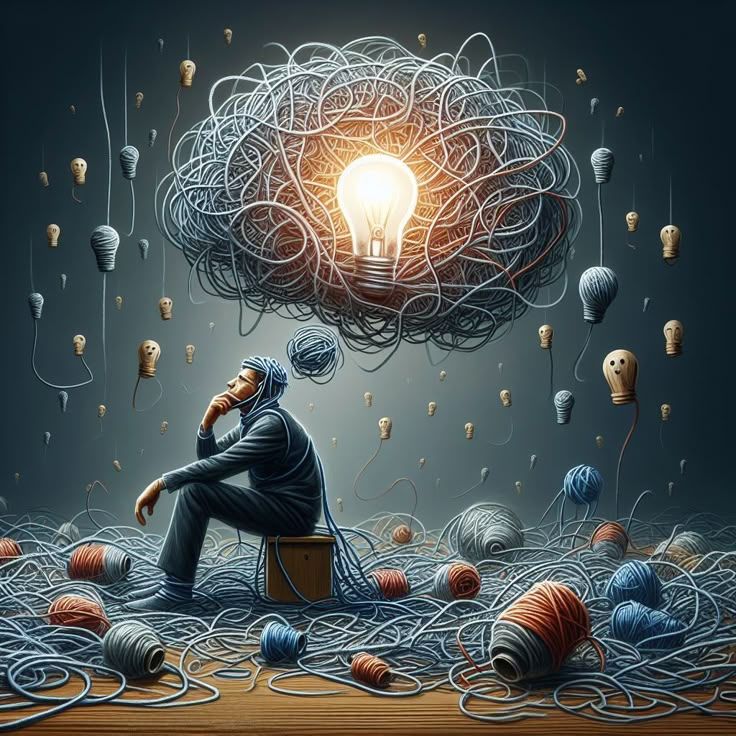
Yes, AI can generate art, write poetry, and design websites—but it can’t originate ideas from true inspiration. It creates based on patterns in existing data. Humans, on the other hand, combine emotion, memory, and imagination to produce original and meaningful work.
Tools like Midjourney and ChatGPT (which we’re using here!) are impressive. But they function as collaborators, not creators. They need your prompts, your edits, and your vision to deliver anything impactful.
At Fuzzy Port, we celebrate the intersection of technology and creativity. And this intersection still depends heavily on human innovation.
3. AI Lacks Emotional Intelligence
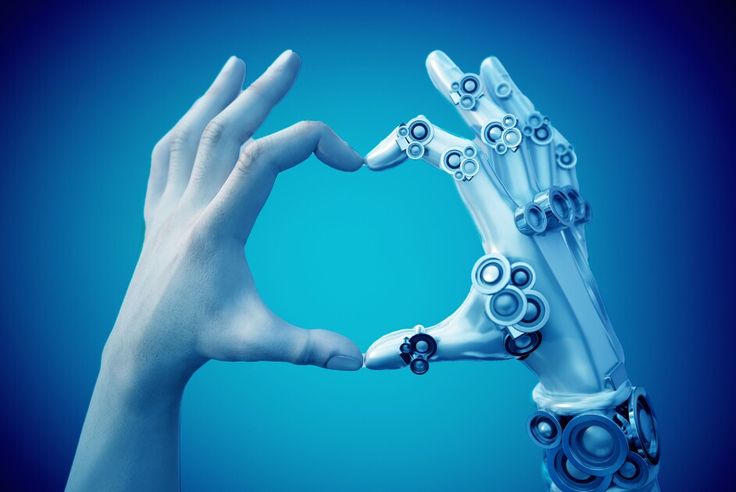
AI can simulate empathy, but it doesn’t feel. It can identify emotional cues, like tone or facial expressions, but it doesn’t truly grasp human experience.
This is especially critical in sectors like healthcare, counseling, and leadership—where emotional nuance, empathy, and moral reasoning matter. Machines might help make decisions, but humans still need to guide the judgment.
That’s why businesses pairing AI with skilled human teams will always outperform those relying on automation alone.
4. It Struggles With Ethics and Morality
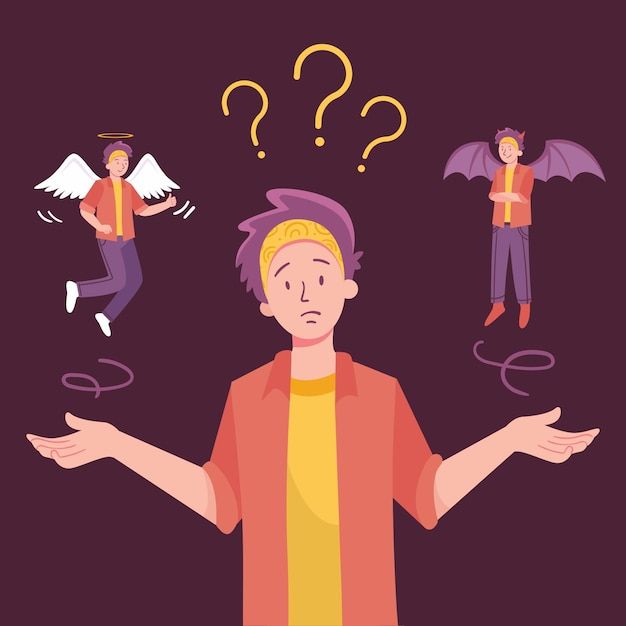
AI doesn’t have values. It follows programmed rules or learned behaviors from data, but it doesn’t understand right and wrong.
This becomes a major concern in decisions involving justice, hiring, or public policy. Without human oversight, AI can amplify biases and cause harm.
Case in point: Amazon scrapped an AI hiring tool that showed bias against women, because it trained on past hiring data that favored male candidates.
5. AI Can’t Adapt Without Help
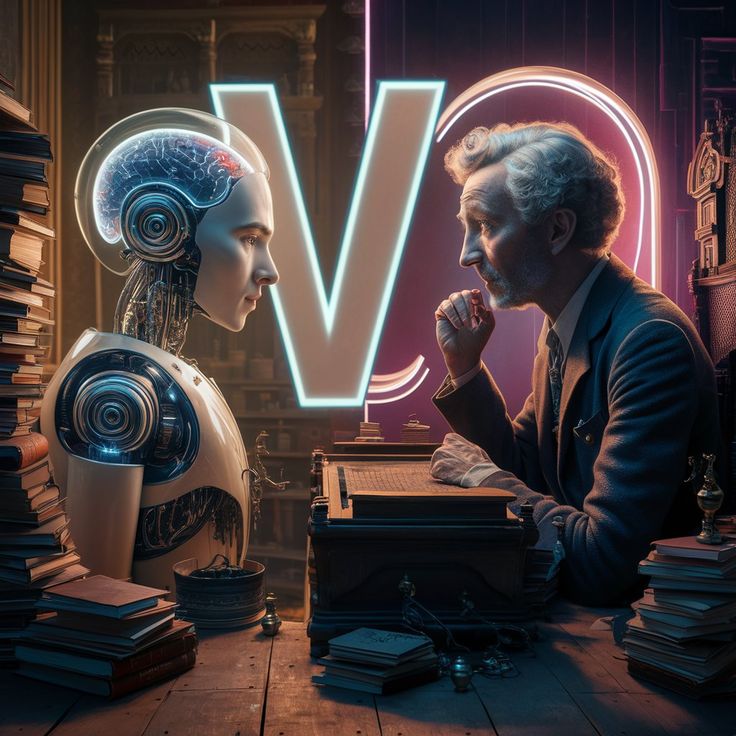
Artificial intelligence is reactive, not proactive. It can only do what it’s trained or told to do. When faced with unfamiliar situations or data it wasn’t prepared for, it stalls.
Humans, on the other hand, have intuition. We adapt, brainstorm, and invent entirely new approaches. The human brain can think outside the dataset—AI can’t.
6. It’s Dependent on Data—And Data Isn’t Always Perfect
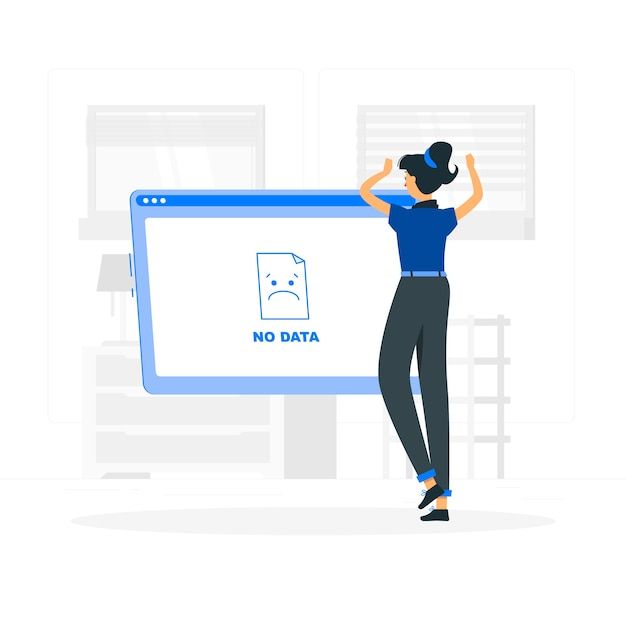
AI is only as good as the data it’s trained on. If the data is flawed, biased, or outdated, the output will be too. Garbage in, garbage out.
That’s why understanding how to build and curate high-quality, diverse datasets is more important than ever. And who does that best? Humans.
Why It Matters for the Future
It’s easy to get swept up in AI hype—but recognizing what AI can’t do yet helps us build better strategies, better tools, and better futures.
Whether you’re building a startup, working in software development, or exploring entertainment trends, human imagination remains the most essential tool of all.
We’re not at the finish line of innovation—we’re at a pivotal point where humans and machines must work together, each doing what the other cannot.
Want more tech-driven insights like this?
Explore more articles at Fuzzy Port—where curiosity meets innovation.
